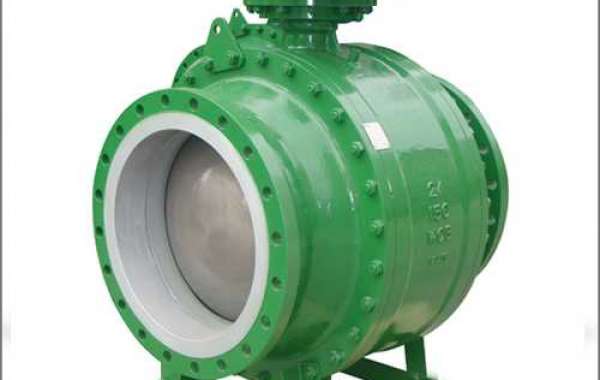-Whether the stem and disc of the valve can open flexibly without being stuck or distorted.
-Whether the valve is damaged and the thread of the threaded valve is correct and compact.
-Whether the connection of the seat and the body (the disc and the seat, the cover and the body, the stem and the disc) is firm.
-Whether the packing, filler and fastener are suitable for the feature of working media.
-The old or used pressure reducing valve needs to be dismantled, and dust, sand or other debris ought to be cleaned.
-The disc must be closed and sealed tightly.
General Requirements for Cast Steel Valve Installation
-The position we choose for valve installation should not interfere with the operation, dismantling and maintenance of equipment, pipeline and valve itself, and we also need to take the appearance into consideration.
-Valve installed in horizontal pipework ought to be with the stem straight up or tilted at a certain angle instead of placing the handwheel downwards. Valve, stem and handwheel for the pipeline in high altitude can be installed in a horizontal position, with the open-close operation of the valve being operated from a remote distance by the chain hung down.
-Be in good order. If the technics permit, the handwheel of valve for the standpipe is perfect for installing breast-high with 1-1.2 meters above the ground. And the stem should be fixed in the direction of the operator.
-The centerline elevations of valves for standpipes abreast of each other need to be the same, with the distance between handwheels being at least 100mm. Valves for horizontal pipelines side by side should be staggered to reduce the distance between pipelines.
-When we install heavy valves on equipment like water pumps and heat exchangers, a valve support structure ought to be provided. And the fixed operating platform should be set if the valve is operated frequently and installed 1.8m higher than the operating surface.
-An arrow on the body of the valve points to the flow direction of media, which needs to be made sure when we fix the valve.
-For the flanged valve, ensure that the end surfaces of the two flanges are parallel and concentric and double gaskets shall not be applied.
-The threaded valve needs to be equipped with a loose joint to be convenient for dismantling and checking.
Valve Installation Tips
-The cast iron valves are brittle so that they can’t be impacted by the heavy weights.
-It is not allowed to throw valves during removals. When we lift and hoist the valve, the rope should be tied to the valve body instead of the handwheel, stem and bolt hole.
-Valves ought to be fixed in a convenient place for operation, maintenance and examination rather than buried underground. And the chamber of the valve embedded or for pipelines in the trench should be checked in order to facilitate the open-close operation and the adjustment.
-Make sure that the thread is compact, being entangled with hemp rope or PTFE tape.
-Pay attention to tighten the connecting bolts of the flanged valve along the diagonals with even strength to prevent the gasket from the off-center problem or causing deformation and damage to the valve body.
-The valve should remain off during installation. For the threaded valve close to the wall, we need to remove the disc and the handwheel before turning the valve. In disassembly, the valve should be in the open position by twisting the handwheel.







